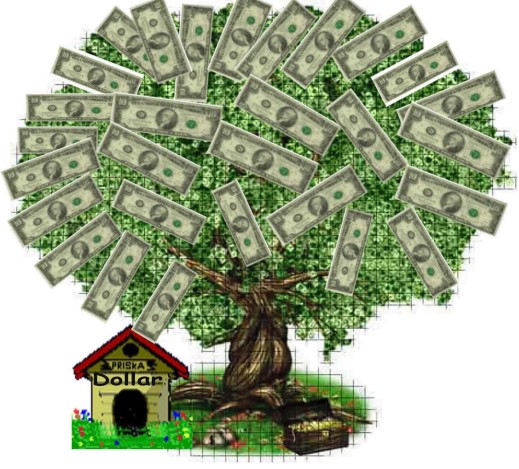
Wild swings and ill winds
It was another white-knuckle week for investors, with the leading stock indexes soaring, plummeting, and soaring again in rapid succession. There were few real surprises in the week's major economic reports, however, with most indicators simply confirming what Americans already know: The economy is weak and seems to be getting weaker. For the week, the S&P 500 Index rose 4.6% to 940.6 (for a year-to-date total return of –35.2%). The yield of the 10-year U.S. Treasury note rose 8 basis points to 3.94% (for a year-to-date decrease of 14 basis points).
It was another white-knuckle week for investors, with the leading stock indexes soaring, plummeting, and soaring again in rapid succession. There were few real surprises in the week's major economic reports, however, with most indicators simply confirming what Americans already know: The economy is weak and seems to be getting weaker. For the week, the S&P 500 Index rose 4.6% to 940.6 (for a year-to-date total return of –35.2%). The yield of the 10-year U.S. Treasury note rose 8 basis points to 3.94% (for a year-to-date decrease of 14 basis points).
A bleak assessment from the Fed
In its latest "beige book" anecdotal survey of economic conditions across the country, the Federal Reserve offered a grim survey of the impact of the credit crisis. For the six-week period ending in early October, the Fed found contraction almost everywhere it looked. All 12 Fed districts reported broad-based slowdowns in business activity and consumer spending. Manufacturing took a turn for the worse, capital expenditures declined, tourism dropped, interbank lending fell off, and the real estate market extended its long slump.
Some good news on the inflation front
With crude oil prices continuing to fall, the outlook for inflation brightened in September. Producer prices for finished goods declined 0.4%—their second monthly retreat in a row. Prices dipped at all intermediate stages of production as well. With volatile energy and food prices factored out, "core" prices for finished goods were up by 0.4% for the month and 5.4% (annualized) for the quarter. On the consumer side of the equation, prices were flat in September, held down in part by a 1.9% decline in energy costs. (Still, gas prices remained up 31.7% from where they stood in September 2007.) With energy and food excluded, "core" consumer inflation was up 0.1% for the month and 2.7% (annualized) for the quarter.
"The good news is that these inflation numbers will be a positive force in sustaining consumers' purchasing power," said Vanguard economist Roger Aliaga-Diaz, Ph.D. "The bad news is that behind these numbers there are softening global demand for commodities and prospects of slower economic activity."
Retail sales weaker than expected
Even with the inflation threat easing, consumers weren't in much of a mood to spend in September. Total retail sales were down 1.2%, double the expected decrease, and August's decline was revised downward to –0.4%. Sales of big-ticket items such as autos, furniture, and appliances dropped significantly, as did sales of clothing and accessories.
Business inventories up slightly
Business inventories grew by a smaller-than-expected 0.3% in August, held in check by declines in retail inventories, particularly at car dealerships. The total inventory-to-sales ratio (a gauge of how many months it would take to empty out existing inventories at current sales levels) stood at 1.27 in August—a slight increase over July, and another indication of sluggish retail activity.
A big drop in industrial production
Industrial production contracted more than expected in September, falling 2.8%. Recent hurricanes and a strike at Boeing were partly to blame, but analysts noted that U.S. industrial activity as a whole has been anemic for many months. The mining sector took the biggest hit in September, dropping 7.8%. For the third quarter, total industrial production was down a staggering 14.5% on an annualized basis.
Another poor month for housing
There was more bad news for the beleaguered housing market in September. New residential construction starts were down 6.3% from August, hitting a 17-year low. Although multifamily housing units advanced 7.5% for the month, that increase was offset by a 12.0% drop in single-family homes. Overall, housing starts declined 31.1% from September 2007. Permits for new construction, a key measure of future demand, were down 8.3% in August and 38.4% over the past year. "This sharp drop in housing starts, paired with the increasing inventory of unsold homes, tells me we should be prepared for significant price declines in the months ahead," Mr. Aliaga-Diaz said.
The economic week ahead
The Conference Board's index of leading economic indicators is likely to grab the most attention in what will be an otherwise light week for economic reports. Also on tap are September's figures for existing-home sales.







